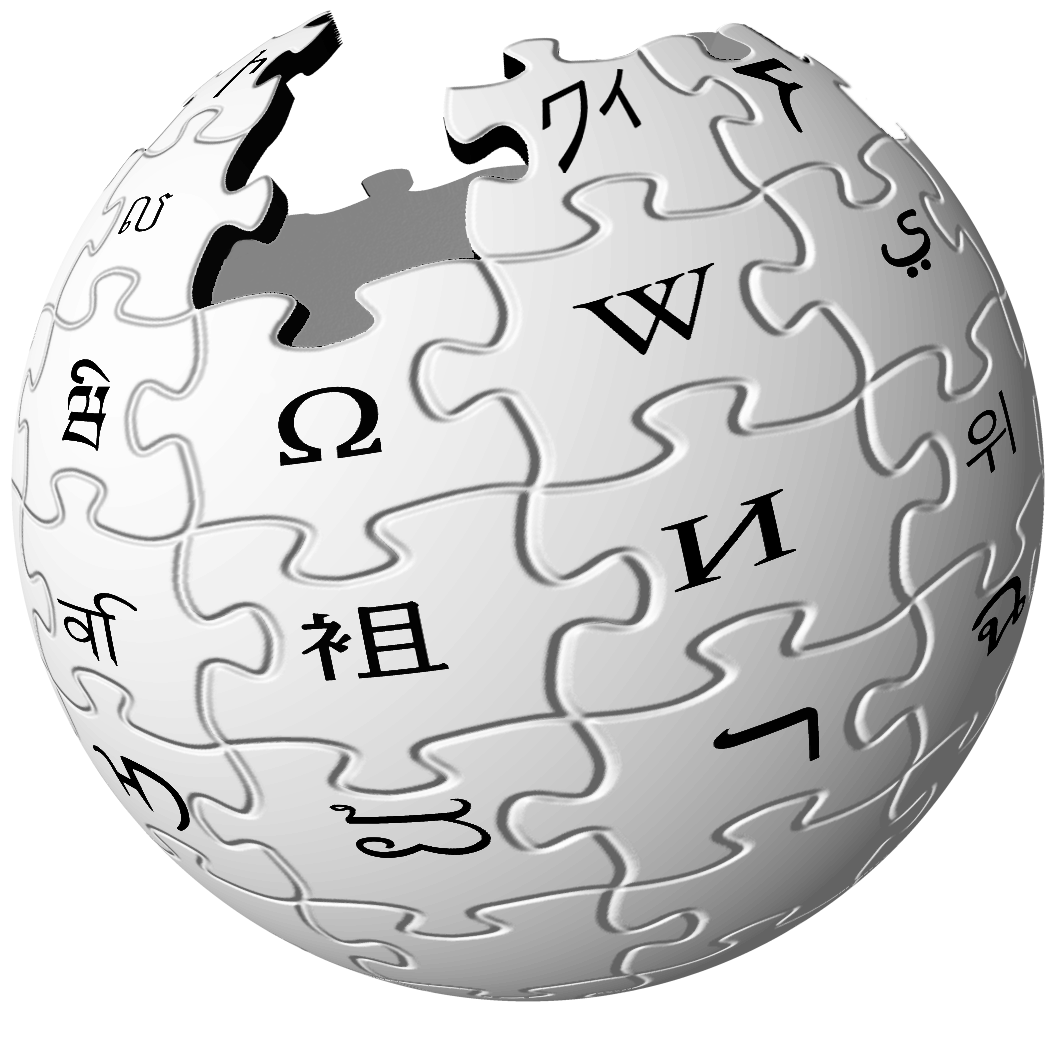Quora now removes the number of upvotes before one clicks it. Why don’t they also remove the number of views and who upvoted it?
Seeing many Quorans that I am following, it’s not hard to see the upvotes must be over 1000, which I believe contradicts to the original intent of not letting users see the number of upvotes before you click it. Also, I can see the numbers of views and comments; it’s not hard to guess a viral answer.
Well then, I guess they will get rid of those now too. Thanks a bunch, OP.
The removal of social media functionality over the last couple of months has been incremental. I wouldn’t be surprised if the Views preview went away before you expand out an answer—in fact, the whole line would need to go in the preview mode. Hiding it in all circumstances, OTOH, would be… counterproductive: if you do want to find out how many people viewed the answer or upvoted it, do you really want to do three clicks, or view it only if you’ve upvoted the answer yourself?
Killing the comments count, I would *hope*, they would be more reluctant to do: that goes to usability.
Stop laughing.



